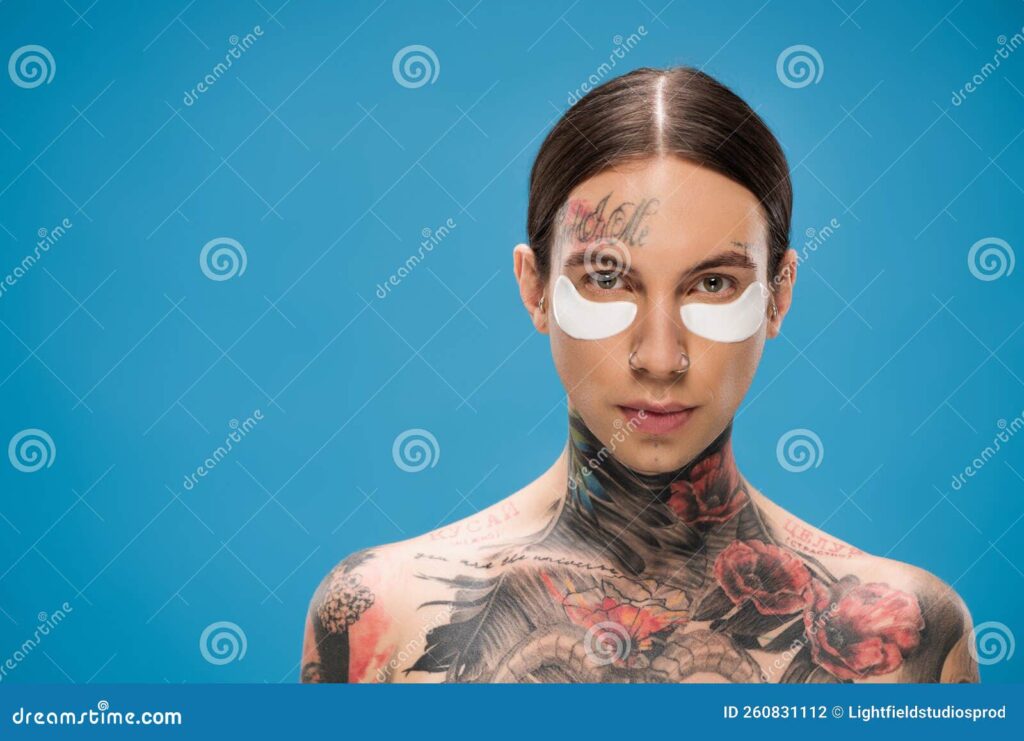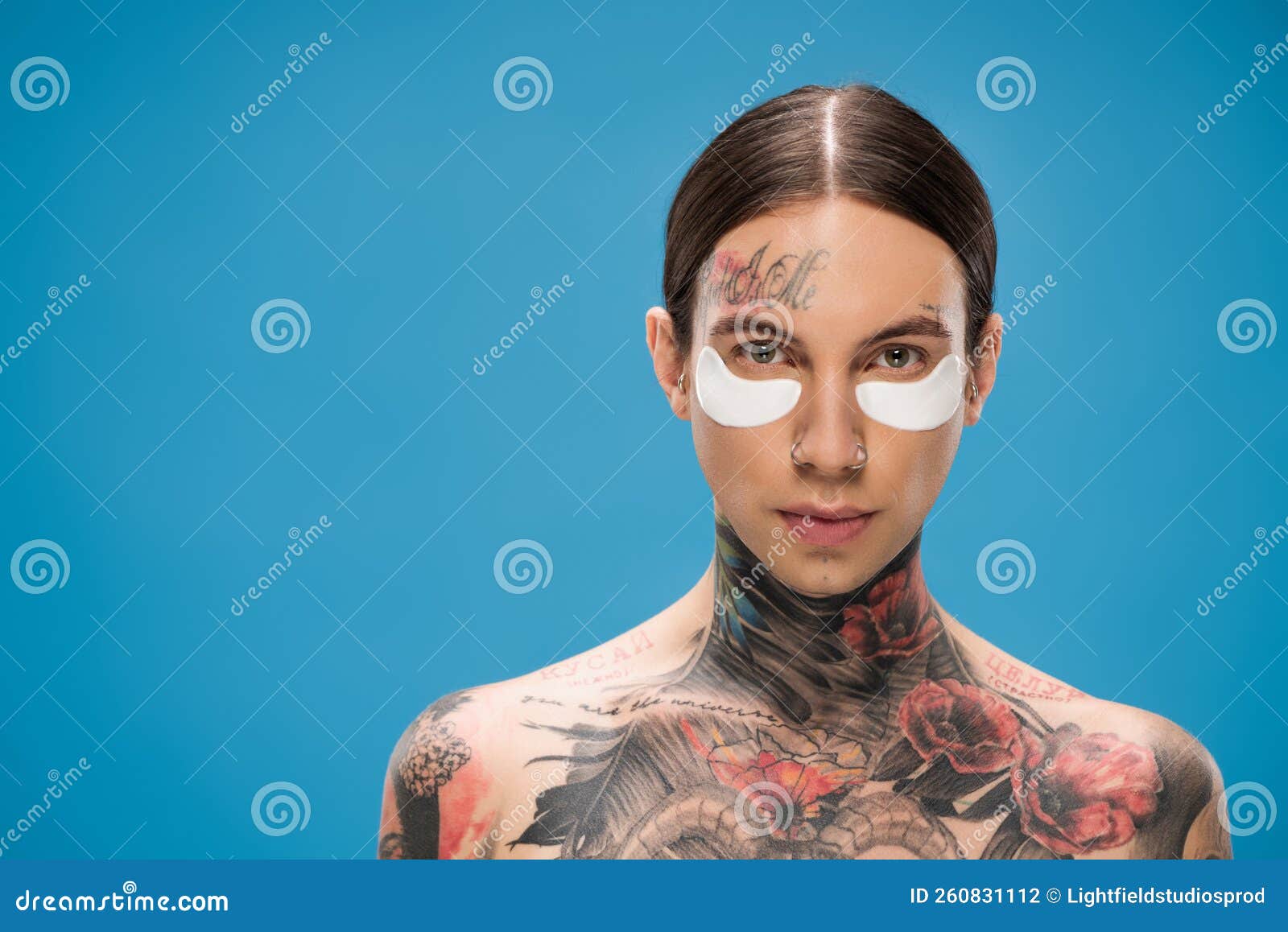
The Art and Expression of Nude Tattooed Men: A Deep Dive
The depiction of nude tattooed men in art and photography has evolved significantly, reflecting changing societal attitudes toward the body, masculinity, and self-expression. This article explores the artistic, cultural, and personal significance of nude tattooed men, examining the various motivations behind body art and the diverse ways in which it is presented. From ancient tribal markings to modern artistic statements, the practice of tattooing on the male form holds a rich and complex history. Understanding this history requires an examination of its aesthetic, cultural, and deeply personal dimensions.
Historical Perspectives on Tattoos and the Male Body
Tattoos have been a part of human culture for thousands of years. Evidence of tattooing dates back to ancient civilizations, including Egypt, where mummified remains have been found with intricate tattoo designs. In many cultures, tattoos served as symbols of status, identity, or spiritual belief. For men, in particular, tattoos often signified bravery, strength, or membership in a specific group. For example, Polynesian cultures, such as the Maori, have a long tradition of elaborate facial tattoos known as moko, which tell the story of an individual’s lineage and achievements. These tattoos were integral to their cultural identity and were often displayed proudly.
Similarly, in ancient Rome, tattoos were used to mark criminals and slaves. However, among certain warrior cultures, such as the Celts and Picts, tattoos were a sign of valor and were used to intimidate enemies. The symbolism and meaning of tattoos varied greatly depending on the culture and historical context. The modern perception of nude tattooed men is heavily influenced by these historical roots, where body art was often associated with power, identity, and belonging.
The Modern Renaissance of Body Art
In recent decades, there has been a resurgence in the popularity of tattoos, transforming them from a fringe practice into a mainstream form of self-expression. This modern renaissance has been fueled by several factors, including the rise of tattoo culture in popular media, the increasing acceptance of body modification in society, and the desire for individuals to express their unique identities through art. The idea of nude tattooed men showcasing their bodies as canvases has become increasingly prevalent.
Tattoo artists have also played a crucial role in this transformation. Skilled artists are now creating intricate and visually stunning designs that push the boundaries of what is possible with body art. From photorealistic portraits to abstract geometric patterns, the range of styles and techniques available today is vast. This has allowed individuals to create highly personalized and meaningful tattoos that reflect their interests, beliefs, and experiences.
The Motivations Behind Tattoos: A Personal Perspective
The decision to get a tattoo is often a deeply personal one. For many men, tattoos are a way to commemorate important events in their lives, honor loved ones, or express their individuality. Some choose tattoos as a form of therapy, using the pain and process of tattooing to cope with trauma or emotional distress. Others simply appreciate the aesthetic beauty of body art and enjoy the process of transforming their bodies into living canvases. The depiction of nude tattooed men often highlights these personal narratives, showcasing the stories etched onto their skin.
Moreover, tattoos can serve as a form of empowerment. For men who have struggled with body image issues or feelings of insecurity, tattoos can be a way to reclaim their bodies and feel more confident in their own skin. The act of choosing a design and having it permanently etched onto their body can be a powerful and transformative experience.
The Art of Photography and the Nude Tattooed Male Form
Photography has played a significant role in documenting and celebrating the art of tattooing on the male body. Photographers often capture the beauty and artistry of tattoos in a way that is both aesthetically pleasing and emotionally evocative. Through careful composition, lighting, and posing, photographers can highlight the intricate details of the tattoos and convey the personal stories behind them. The art form of nude tattooed men being photographed creates a powerful visual statement.
Furthermore, photography can challenge societal norms and stereotypes surrounding masculinity and body image. By showcasing nude tattooed men in a positive and empowering light, photographers can help to break down barriers and promote greater acceptance of diverse body types and forms of self-expression. This form of artistic representation helps to normalize the idea of men using their bodies as canvases for art.
Ethical Considerations and Representation
When depicting nude tattooed men in art or photography, it is important to consider ethical implications and ensure respectful representation. This includes obtaining informed consent from the individuals being photographed or portrayed, avoiding exploitation, and respecting their personal boundaries. It is also crucial to be mindful of cultural sensitivities and avoid appropriating or misrepresenting cultural symbols or traditions.
Additionally, it is important to promote diversity and inclusivity in the representation of nude tattooed men. This includes showcasing a range of body types, ethnicities, and ages, as well as representing individuals with diverse backgrounds and experiences. By doing so, we can create a more inclusive and representative portrayal of body art and its significance.
The Future of Tattoo Art and Male Expression
As tattoo technology continues to evolve and societal attitudes become more accepting, the future of tattoo art and male expression looks bright. New techniques, such as 3D tattoos and biometric tattoos, are pushing the boundaries of what is possible with body art. These advancements offer exciting possibilities for individuals to express themselves in even more creative and innovative ways. The artistic exploration of nude tattooed men will likely continue to evolve alongside these technological advancements.
Moreover, as more men embrace tattoos as a form of self-expression, we can expect to see a greater diversity of styles and designs. This will further enrich the tapestry of tattoo art and contribute to a more nuanced and inclusive understanding of masculinity and body image. The ongoing dialogue surrounding nude tattooed men in art and culture will undoubtedly shape the future of this evolving art form.
Conclusion
The depiction of nude tattooed men is a complex and multifaceted subject that reflects changing societal attitudes toward the body, masculinity, and self-expression. From ancient tribal markings to modern artistic statements, the practice of tattooing on the male form holds a rich and complex history. By understanding the historical, cultural, and personal significance of tattoos, we can gain a deeper appreciation for the art and expression of nude tattooed men. This art form serves as a powerful reminder of the diverse ways in which individuals choose to express themselves and celebrate their unique identities.
[See also: The History of Male Body Art]
[See also: Tattoo Culture and Modern Masculinity]
[See also: Ethical Considerations in Nude Photography]

